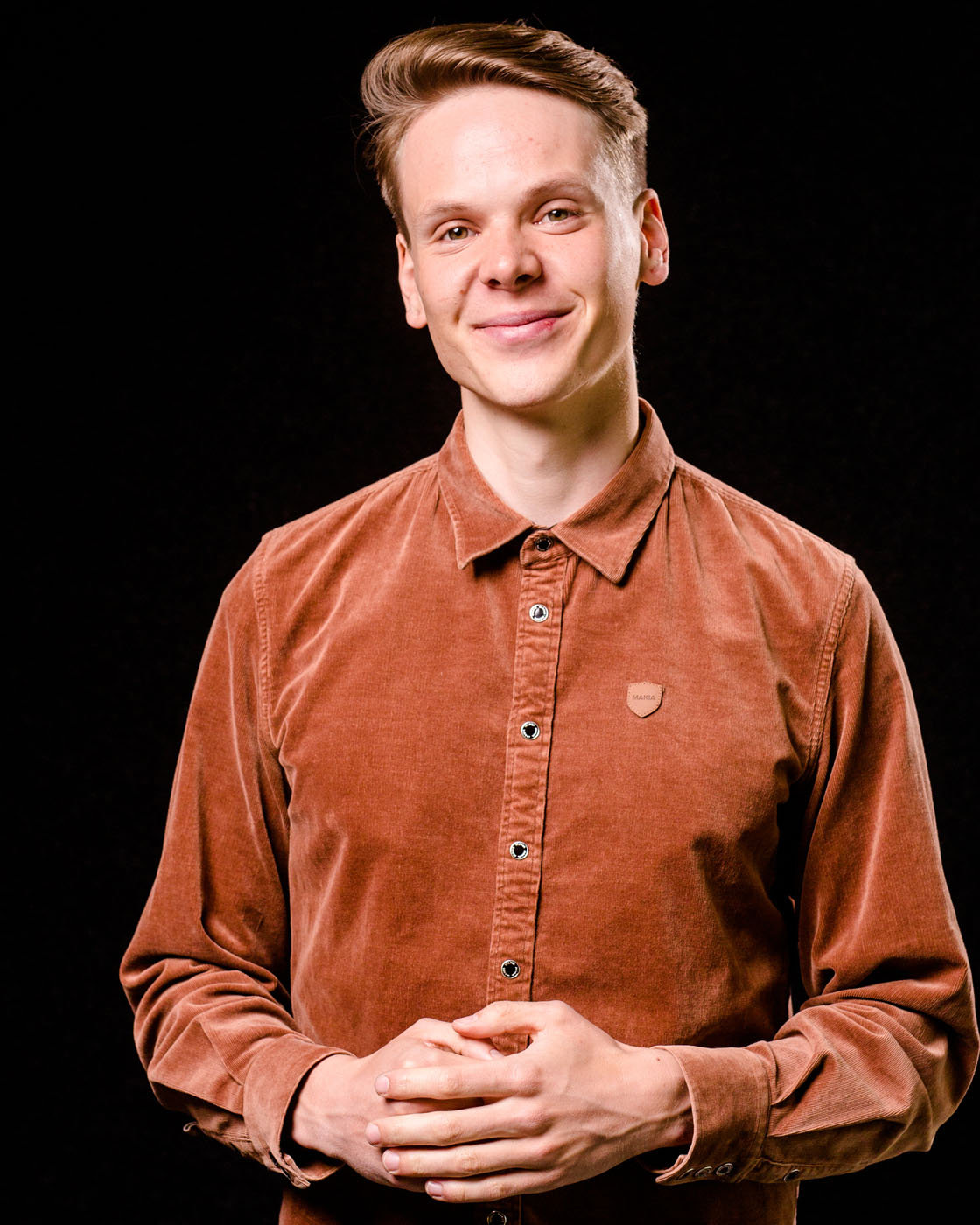Maximising the value of cyprinids
Completed project February 2018-December 2019
In a project led by the South-Eastern Finland University of Applied Sciences (Xamk), a fish-house concept was developed for operators in industrial food production, which improves the availability of roach and the use of fish fractions.
Cyprinids such as roach are used relatively little as food, although there are many ecological and regional economic benefits to catching domestic fish. The fishing of cyprinids removes nutrients from water, reduces eutrophication and manages fish stocks. The Maximising the value of cyprinids project aimed to find solutions to the central problems of using cyprinids in industrial food production: availability, logistics and handling processes.
The project is part of the National road map to a circular economy pilot published by Sitra: Domestic fish and fish industry as a backbone for a competitive circular economy. Projects in the pilot aimed to encourage the recycling of nutrients on land from the sea and other bodies of water by fishing targeted specifically at cyprinids.
What was achieved?
The Maximising the value of cyprinids project investigated solutions for developing logistics, and fishing and processing methods. Based on the solutions, a fish-house concept following the principles of a circular economy was developed for Eastern Finland that will improve the availability of cyprinids and the usability of fish fractions, as feed for example.
During the project, a test application was developed by which fishermen can submit a catch report to the authorities. Alongside the application, other functions were also developed to be used for transportation and the tracing of batches of fish among wholesalers and consumers. The sharing of catch data between operators in the fish industry offers new opportunities for improving the flow of information and the supply chain. However, a wider adoption of the application is limited by the different operating methods and the range of systems in use.
The experiments showed that keeping the catches of cyprinids alive in keepnets enables the transportation of larger batches of fish, which reduces transport costs. In addition, sorting methods used in the first stage of the process allow the picking of fish of the right size from the catch, leaving the small fish to grow. The results of testing cleaning equipment for different species of fish have been promising, and the development work will continue in the project run by Future Mission Oy in 2020. However, due to the heavy weight of refrigerated containers, cold transport solutions for transporting fish need further development.
The Maximising the value of cyprinids project has, for its part, supported the networking of fisheries operators through various seminars, meetings, workshops and other events. The results have provided excellent conditions for creating more efficient transport logistics and developing new solution models, and, through new operating models, they have clarified the operations in general.
Who participated?
Sitra funded the project, and the project manager on Sitra’s side was Merja Rehn. Xamk was responsible for the implementation of the project. Other collaborative partners included the fisheries sector companies involved in the actions, the project steering group and other research and development projects.

WHAT WAS IT ABOUT?